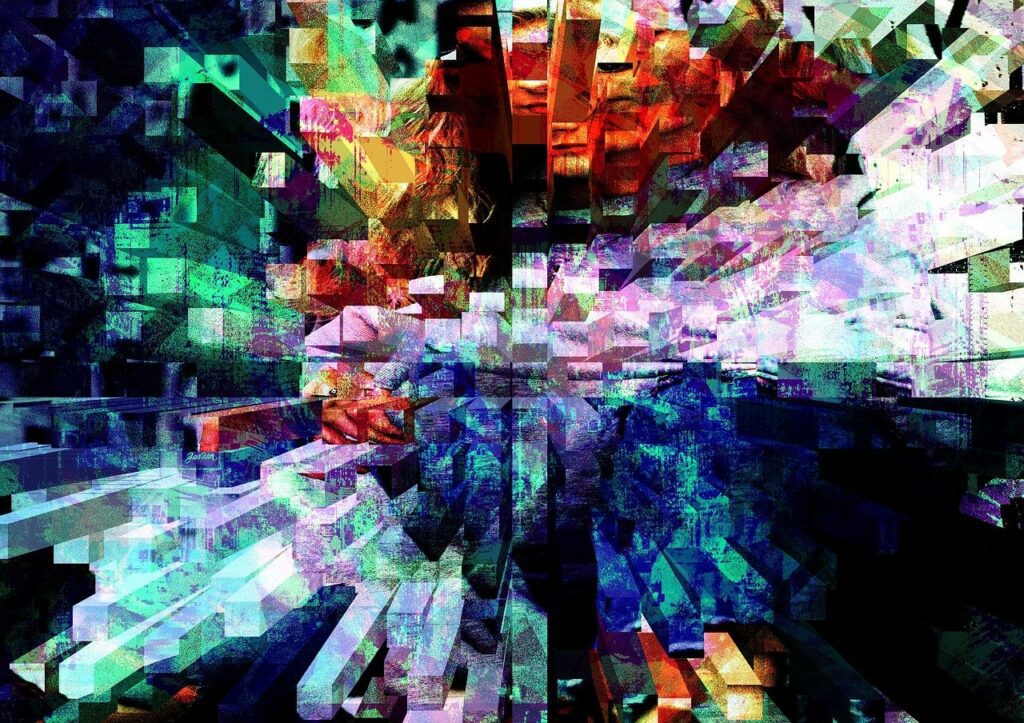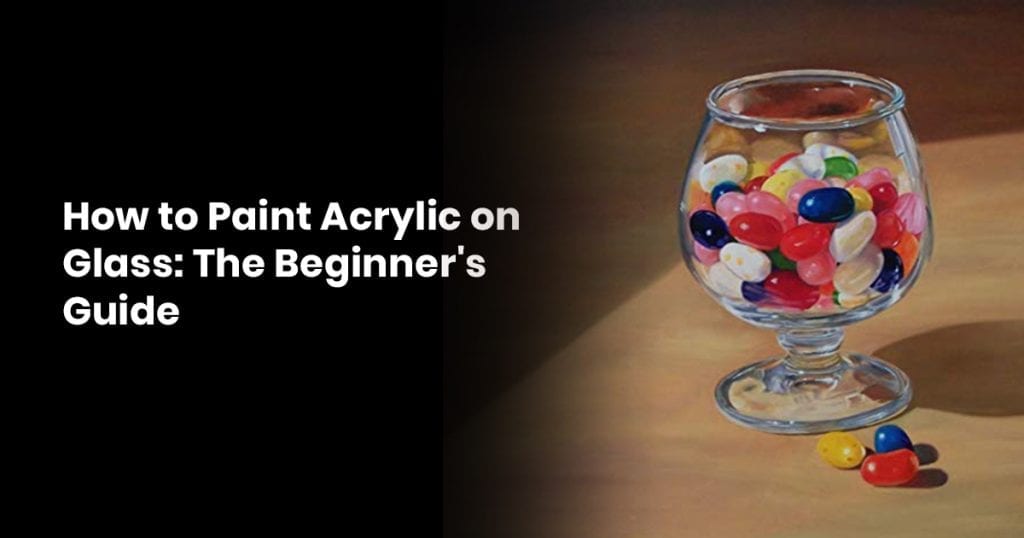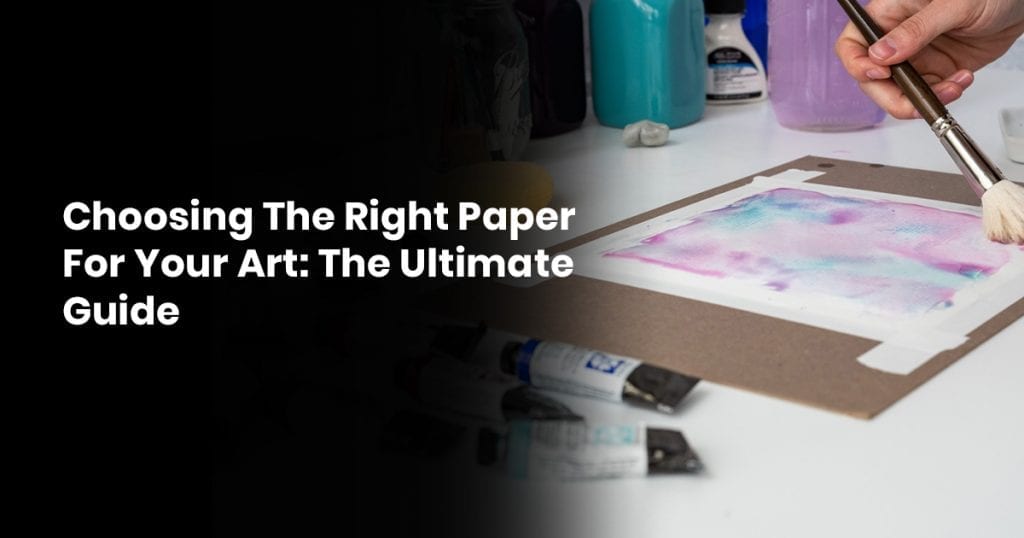Over the past few decades, technological progress has had a profound impact on virtually every aspect of our lives. One area that has been particularly affected is painting, with the rise of digital art creating new opportunities for artists and changing the way we think about what constitutes art. In this article, we will explore the impact of technological progress on painting, focusing on the emergence of digital art and the new opportunities it presents for artists.
Contents
The Emergence of Digital Art:
Digital art refers to any artistic work that is created using digital technology. This can include everything from digital painting and drawing to 3D modeling and animation. The roots of digital art can be traced back to the 1950s, when computer scientists began experimenting with ways to create visual images using computers. However, it wasn’t until the advent of personal computers in the 1980s and the widespread availability of graphic design software in the 1990s that digital art really began to take off.
One of the key advantages of digital art is that it allows artists to work more quickly and efficiently than traditional painting techniques. With digital tools, artists can experiment with different colors, textures, and styles without having to worry about wasting materials or making irreversible mistakes. They can also easily undo and redo their work, making it easier to refine their ideas and create polished, professional-looking pieces.
Digital art also offers a wide range of creative possibilities that are not possible with traditional painting techniques. For example, artists can use 3D modeling software to create complex, realistic scenes and characters, or they can use animation software to create dynamic, moving images. They can also experiment with new styles and techniques that would be difficult or impossible to achieve with traditional media.
New Opportunities for Artists:
The rise of digital art has created new opportunities for artists in a number of ways. Perhaps the most obvious is the rise of online platforms and marketplaces where artists can sell their work directly to consumers. Sites like Etsy and Society6 allow artists to create and sell prints, posters, and other products featuring their artwork, while online galleries like Saatchi Art and Artsy offer a platform for artists to showcase and sell their original digital art.
Digital art has also opened up new opportunities for artists to work in a variety of industries. For example, many video game developers rely on digital artists to create the characters, environments, and other assets for their games. Similarly, film and television studios often hire digital artists to create visual effects and other digital elements for their productions. And as the demand for digital content continues to grow, there is likely to be increasing demand for digital artists in a variety of other industries as well.
Another advantage of digital art is that it allows artists to work remotely and collaborate with others more easily than traditional painting techniques. With digital tools, artists can work on the same project from different locations, making it easier to collaborate with other artists and designers. They can also share their work with others more easily, getting feedback and input from a wider range of people than would be possible with traditional media.
Challenges and Controversies:
Despite the many benefits of digital art, there are also some challenges and controversies associated with it. Perhaps the biggest of these is the question of whether digital art is really “art” at all. Some traditionalists argue that true art must be created by hand, and that digital art is somehow “fake” or “inauthentic.” Others argue that digital art lacks the same emotional resonance as traditional art, and that it is too mechanical and impersonal to be considered true art.
Another challenge associated with digital art is the issue of copyright and intellectual property. With digital art, it can be difficult to determine who owns the rights to a particular piece, especially if it has been shared and re-shared multiple times online. This can make it difficult for artists to protect their work and ensure that they receive proper compensation for their creations.
There are also technical challenges associated with digital art, particularly when it comes to preserving and archiving digital works. Unlike traditional paintings, which can be preserved for centuries with proper care, digital files are subject to decay and obsolescence as technology evolves. As a result, it can be difficult to ensure that digital works are preserved for future generations to enjoy.
Continuing on, the advent of digital art has also led to a democratization of the art world. With traditional art, there were often significant barriers to entry, including the cost of materials and the need for a physical gallery space to showcase one’s work. Digital art, on the other hand, has reduced many of these barriers. With digital tools, artists can create and share their work online, often without the need for a physical gallery space. This has led to a greater diversity of voices and perspectives in the art world, and has helped to break down some of the elitism that has historically been associated with traditional painting.
Another advantage of digital art is the ability to experiment and iterate quickly. With traditional painting, mistakes can be costly and time-consuming, as a single brushstroke can ruin an entire canvas. Digital tools, on the other hand, allow artists to make changes and adjustments on the fly, without fear of ruining their work. This has allowed artists to take more risks and explore new ideas more freely, ultimately leading to greater innovation and creativity.
At the same time, the rise of digital art has also led to concerns about the future of traditional painting. Some fear that digital art will eventually replace traditional painting altogether, rendering physical paintings obsolete. While this is certainly a possibility, it is important to remember that traditional painting still holds a significant place in the art world. Many collectors and art enthusiasts still value physical paintings for their beauty and the emotional impact they can have. Furthermore, many artists continue to work in traditional mediums, even as they experiment with digital tools.
Ultimately, it is likely that the future of painting will involve a hybrid approach, with artists using both traditional and digital tools to create their work. This hybrid approach can offer the best of both worlds, allowing artists to take advantage of the benefits of digital tools while still preserving the unique qualities of traditional painting.
In conclusion, the impact of technological progress on painting has been significant, and the emergence of digital art has provided new opportunities and challenges for artists. While there are certainly debates and controversies around digital art, there can be no denying its transformative effect on the world of painting. As technology continues to evolve, it will be fascinating to see how artists continue to push the boundaries of what is possible with both traditional and digital tools. Regardless of the tools they use, however, it is clear that artists will continue to play a vital role in shaping the world of art and culture for years to come.




